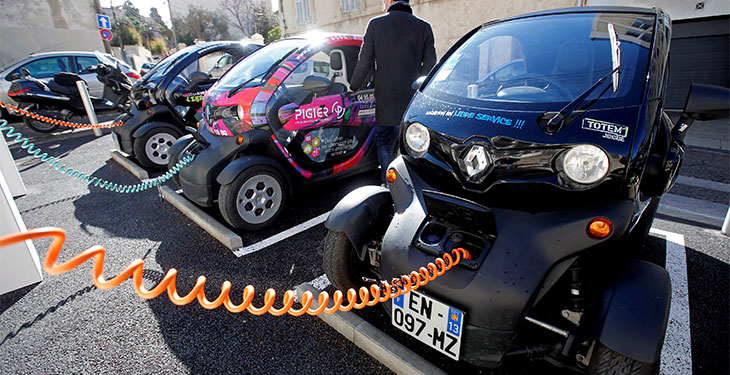China has retained the top position when it comes to progress toward an electric vehicle (EV) future, according to the latest EY Electric Vehicle Country Readiness Index. The Index looks at the preparedness of the top 14 vehicle markets for the arrival of EVs based on supply, demand and regulation. New entrant to the Index, Norway, is a close second to China due to huge uptake in demand and strong regulations. Sweden, Germany and the UK round out the top five respectively.
Battery manufacturing and supply chain control remains a key driver for China leading the way, as it accounts for 122 out of 200 lithium giga factories in the world. Backed by soaring consumer demand (51% of Chinese consumer respondents expect to buy an EV as their next vehicle) and widespread charging infrastructure (by 2021, China had deployed 41% of all DC fast chargers), China continues to be the largest EV market globally in absolute volume terms. This is despite having an overall electricity supply deficit.
“The market share of electric cars sold in the first 7 months of 2022 reached about 8% in Romania, almost 4 times more than the same period last year. If we add full hybrid cars, the market share is 20%. Without significant investment in the development of charging infrastructure, however, this trend cannot be sustained,” said Mihai Drăghici, Director, Consulting, EY Romania.
Norway, a new entrant to the Index, has long been a pioneer when it comes to EV adoption. This is due to strong regulation in the form of tax benefits, as well as the introduction of EV lanes and parking spaces, resulting in EVs accounting for more than 70% of all new 2021 car registrations. Sweden’s strong energy ecosystem along with high consumer uptake (more than 40% in 2021, according to EY analysis) and strong manufacturing presence (41% of all cars produced in Sweden are expected to be electric models between 2022-26), means the country remains ahead of Germany and the UK. However, both Germany and the UK have a decidedly strong base of original equipment manufacturers (OEMs), localized battery production and upcoming EV launches deserving of their “Leaders” status credited in the report.
Four of the top five countries overall in the EY Electric Vehicle Country Readiness Index are also in the top five countries in the regulatory pillar (China, Norway, UK and Germany). It is clear that there is a strong correlation between overall success and the strength of regulation.
Despite a robust OEM presence and strong backing from US President Biden’s administration, the US remains at seventh overall – the same position on the Index as last year. However, this is mainly due to poor demand according to the report. Less than 4% of new car registrations in the US are EVs and, as the EY Mobility Consumer Index shows, just 29% of US consumers are looking to buy an EV as their next vehicle, the lowest of all the countries surveyed.
Despite having the highest proportion of respondents looking to buy an EV (73%), Italy lags behind its European neighbors at 12th position. This is largely due to a lack of infrastructure and an energy ecosystem in need of improvement.
Canada follows in 13th position, despite a strong energy ecosystem and plans for battery factories to be built in the country. It also trails in demand, in some part due to the high cost of EVs in Canada.
In 14th position, India is facing some similar issues to Canada with charging infrastructure and affordability emerging as major barriers to progress. Efforts are being made in regulation, however, with production linked incentive schemes looking to incentivize 50GWh of battery manufacturing.
